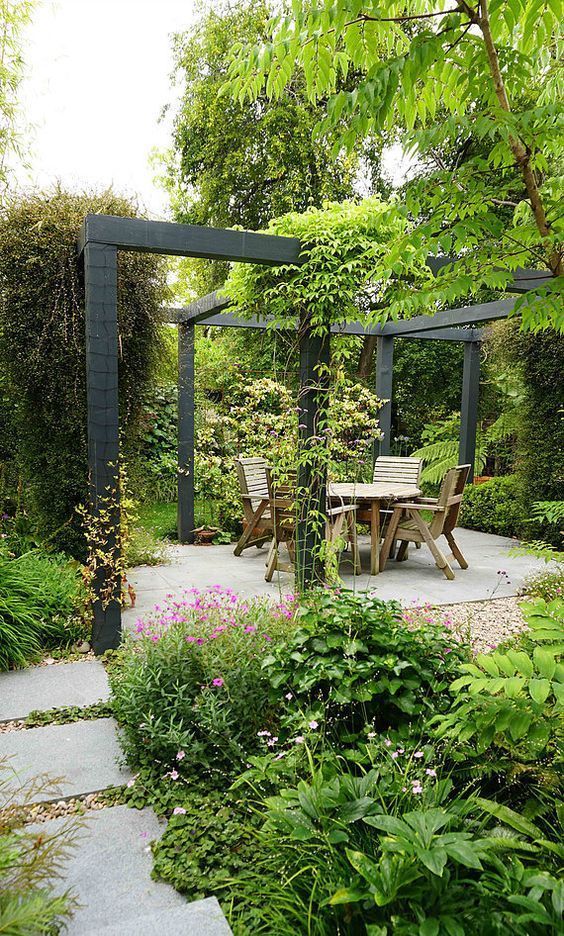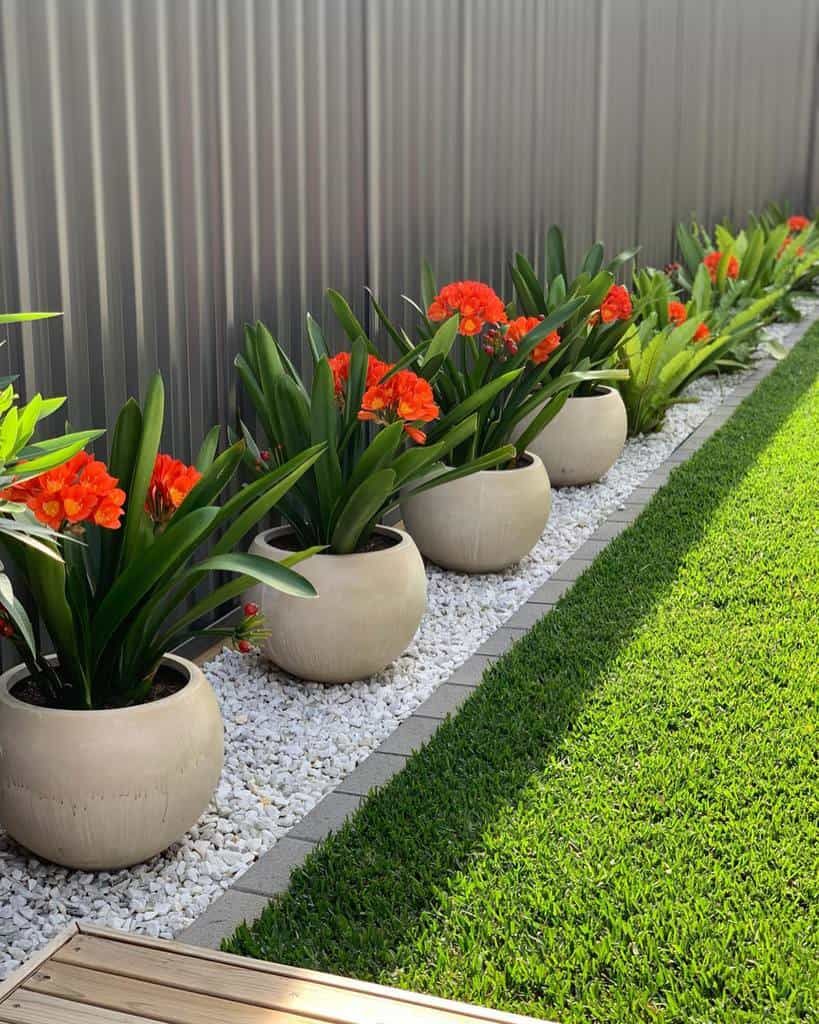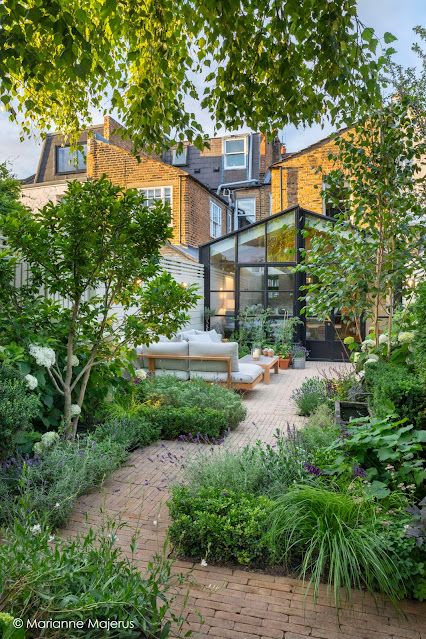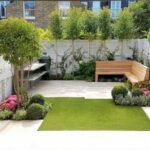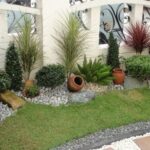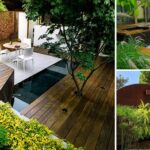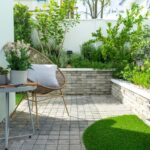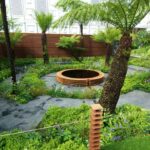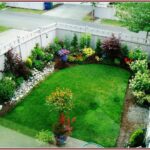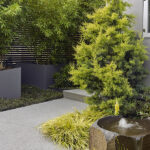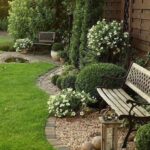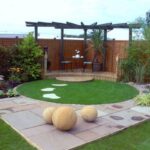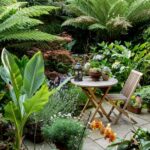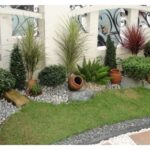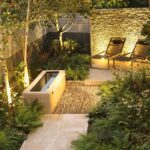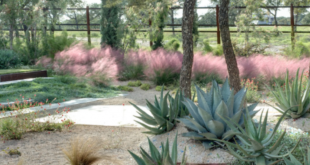When it comes to designing a small garden landscape, creativity and strategic thinking are key. With limited space to work with, it is important to make the most of every square foot while still creating a beautiful and functional outdoor space. One of the first steps in designing a small garden landscape is to carefully plan out the layout. Consider how you will use the space and what elements are most important to you, whether it be a seating area, a garden bed, or a small water feature.
Incorporating vertical elements is a great way to make use of limited space in a small garden landscape. Vertical gardens, trellises, and hanging planters can all help to maximize space and add visual interest to the design. Climbing plants and vines can also be used to cover walls or fences, adding a lush and green backdrop to the garden.
When selecting plants for a small garden landscape, it is important to choose varieties that will thrive in the space available. Opt for compact or dwarf varieties of trees and shrubs, and consider plants that offer multiple seasons of interest such as evergreens or those with colorful foliage. Grouping plants with similar water and light requirements together can also help to simplify maintenance and keep the garden looking its best.
Incorporating hardscaping elements such as pathways, patios, or raised beds can help to define different areas of the garden and add structure to the design. Utilizing materials such as stone, wood, or gravel can add texture and visual appeal, while also creating functional spaces for seating, dining, or relaxation. Remember to scale the size of these elements to fit the overall proportions of the garden and avoid overwhelming the space.
Adding a focal point to a small garden landscape can help to draw the eye and create a sense of cohesion in the design. This could be a sculpture, a fountain, a fire pit, or a particularly striking plant or tree. Placing the focal point strategically in the garden can help to create a focal point and guide the viewer’s gaze through the space.
Finally, don’t forget to add personal touches to your small garden landscape design. Whether it be unique garden decor, colorful planters, or a cozy seating area, adding elements that reflect your personality and style will make the garden feel like a true extension of your home. Remember that small gardens require regular maintenance to keep them looking their best, so be sure to plan for ongoing care and upkeep as you design your outdoor space.
 yishifashion Where Outdoor Dreams Become Reality
yishifashion Where Outdoor Dreams Become Reality
